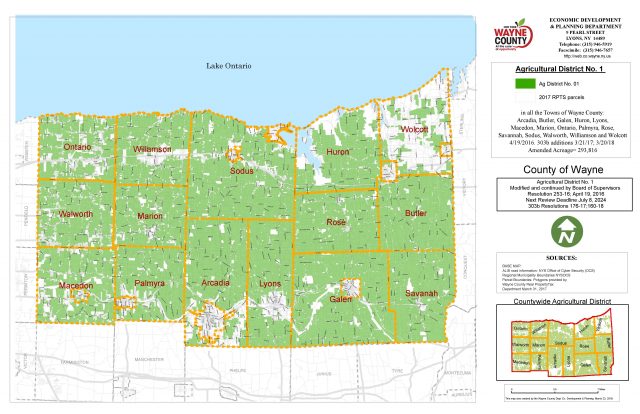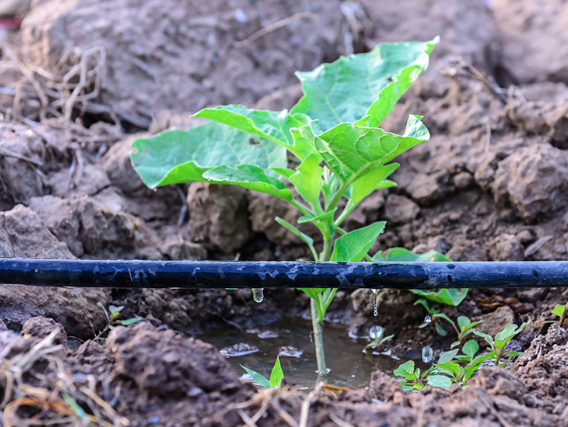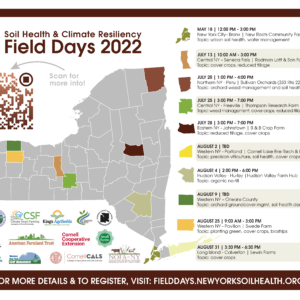 2022 Soil Health & Climate Resiliency Field Days
2022 Soil Health & Climate Resiliency Field Days
Join the New York Soil Health team and partner organizations at a soil health field day! The statewide event series will take place May-August 2022. For more information visit https://www.newyorksoilhealth.org/fielddays/#.YpZDFSzMKUk

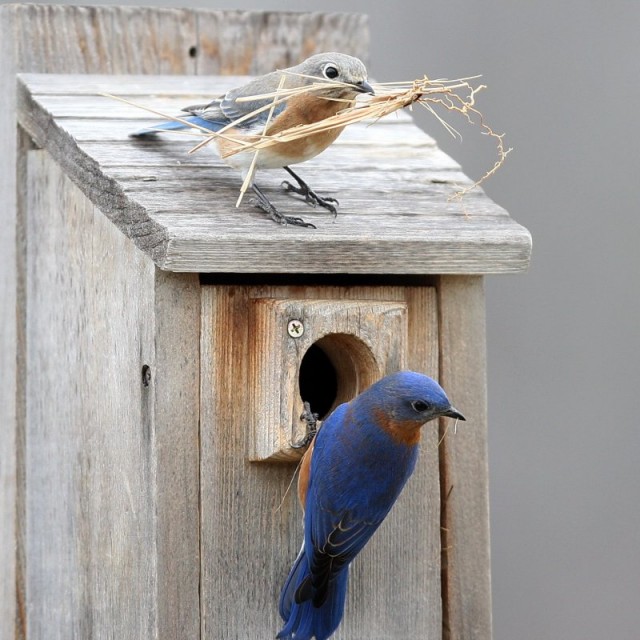
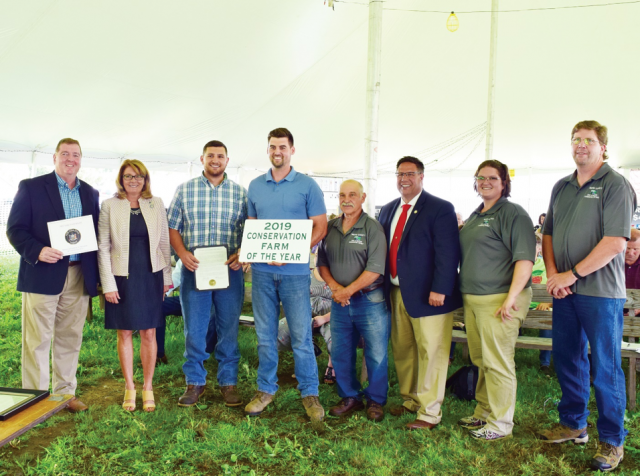
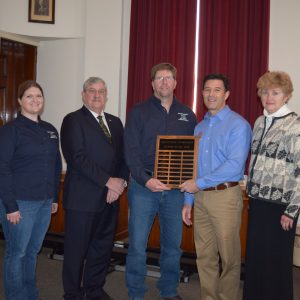
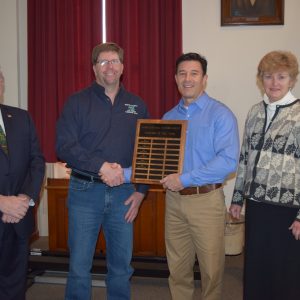
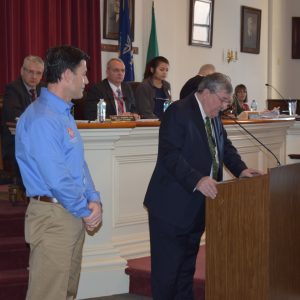
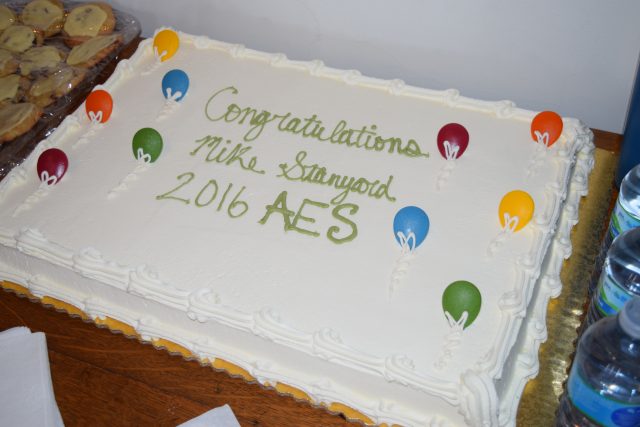
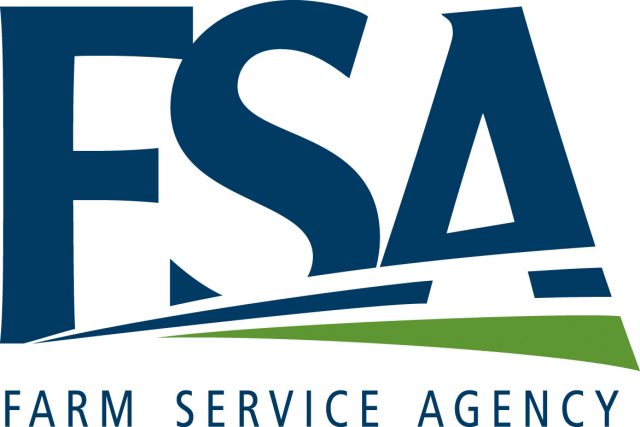
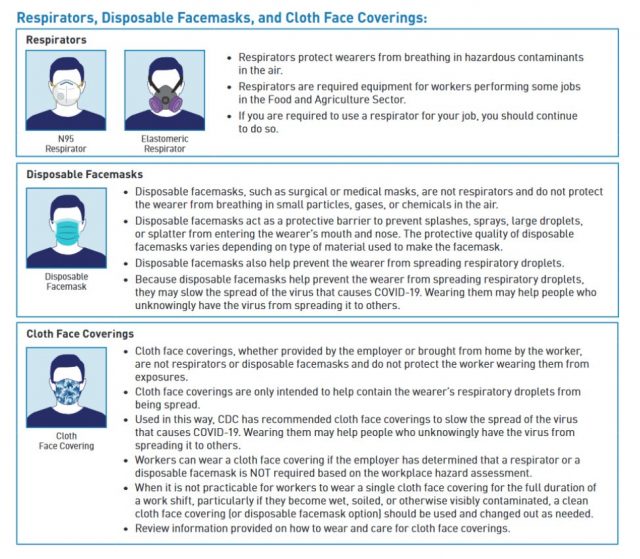
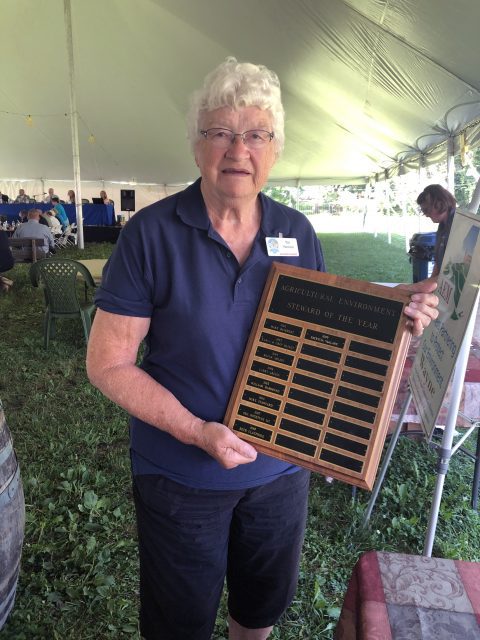 LYONS NY- Patricia (Pat) VanLare of Sodus N.Y, has been awarded the 2019 Wayne County Agricultural Environmental Steward award. The award was created at a grassroots level to recognize individuals that strengthen the Wayne County agriculture community while looking out for environmental sustainability. An agricultural steward is someone who is dedicated to being agriculturally minded, environmental and conversationally sound and having the balance for them both economically.
LYONS NY- Patricia (Pat) VanLare of Sodus N.Y, has been awarded the 2019 Wayne County Agricultural Environmental Steward award. The award was created at a grassroots level to recognize individuals that strengthen the Wayne County agriculture community while looking out for environmental sustainability. An agricultural steward is someone who is dedicated to being agriculturally minded, environmental and conversationally sound and having the balance for them both economically.